For this blogpost, we interviewed internal communications expert Marieke van Duijnhoven, responsible for employee communications and engagement at Carglass® in The Netherlands. The company’s shift toward increased innovation called for a new vision on internal communications.
For Carglass®, specialists in repairing and replacing car windows, communicating effectively inside the company is just as important as communicating with customers. Agile and innovative, Carglass® fosters an entrepreneurial outlook, exploring new ideas and services with enthusiasm. “As a company, we’re doing new things, and being innovative,” says internal communications manager Marieke van Duijnhoven. “We want our internal communications strategy to support this approach, with open and easy ways for our employees to communicate with each other.”
The challenge was to link together 550 Carglass® employees, who work at the company’s head office and at 54 Carglass® branches across The Netherlands. Across the group, staff are engaged in very different jobs, and have a variety of communications needs. Mechanics at the branches, for example, had very limited access to desktop PCs, and therefore no easy access to email and intranet. This was one of the things that needed to change.
To strengthen internal communications at Carglass®, Marieke van Duijnhoven set three key goals:
- Create an environment where everyone communicates with each other, not just top-down cascades of information
- Ensure that internal communications is open and transparent, and that everyone feels free to share and interact
- Set up an infrastructure that supports these goals
Next, she chose the tools that would enable new levels of communication for Carglass®, and reach everyone in the company. The new Carglass® platform, based on Microsoft Office 365, combines Yammer, an application that supports communication and collaboration across organizations, with SharePoint, video and Skype. All mechanics were also provided with mobile devices, which they also use for all customer tasks, including apps for email and Yammer.
Workshops and training supported employees in starting to use the new tools, and Marieke jump-started discussions on Yammer by posting topics that would get people commenting and interacting. The take-up rate for Yammer has been extraordinary, she says. “We’re at 510 users on Yammer, so getting close to 100%.” Of course the percentage of ‘engagement’ varies: some colleagues are on Yammer every day, others just once a month. And where the introduction of Yammer is well on its way, tools like SharePoint and Skype are still in the ‘early adapters’ phase. The idea for all of these tools is that people don’t HAVE to use them, but that they WANT to use them.
An important part of switching to the new tools, and the new way of communicating, was getting management and leaders fully involved. Their task is to model simple, transparent interactions, and be a part of the process, to help set the communications tone for the organization. Connect with the employees. Have a dialogue. This was and still is a big change, but they quickly embraced the approach, says Marieke. Using video instead of written communication also helps with this change.
In addition to the social media platforms, the internal communications plan includes events, recognition awards, and also cluster meetings (called ‘Tour de Carglass’), where management goes to the branches to meet with employees and engage them in the ‘why’ of the organization. The results of the program? “It’s in the DNA of our people to make sure customers are happy,” says Marieke. “If employees are engaged, they’re happy, and that is easy to translate to customers. At the Tour de Carglass meetings at the branches this year, we saw a big change. People were more involved, there was more interaction and dialogue. This is a big accomplishment.”
Marieke offers five top ‘tips and tricks’ for successful employee communications.
To learn more about the five tips, click on the button below.




